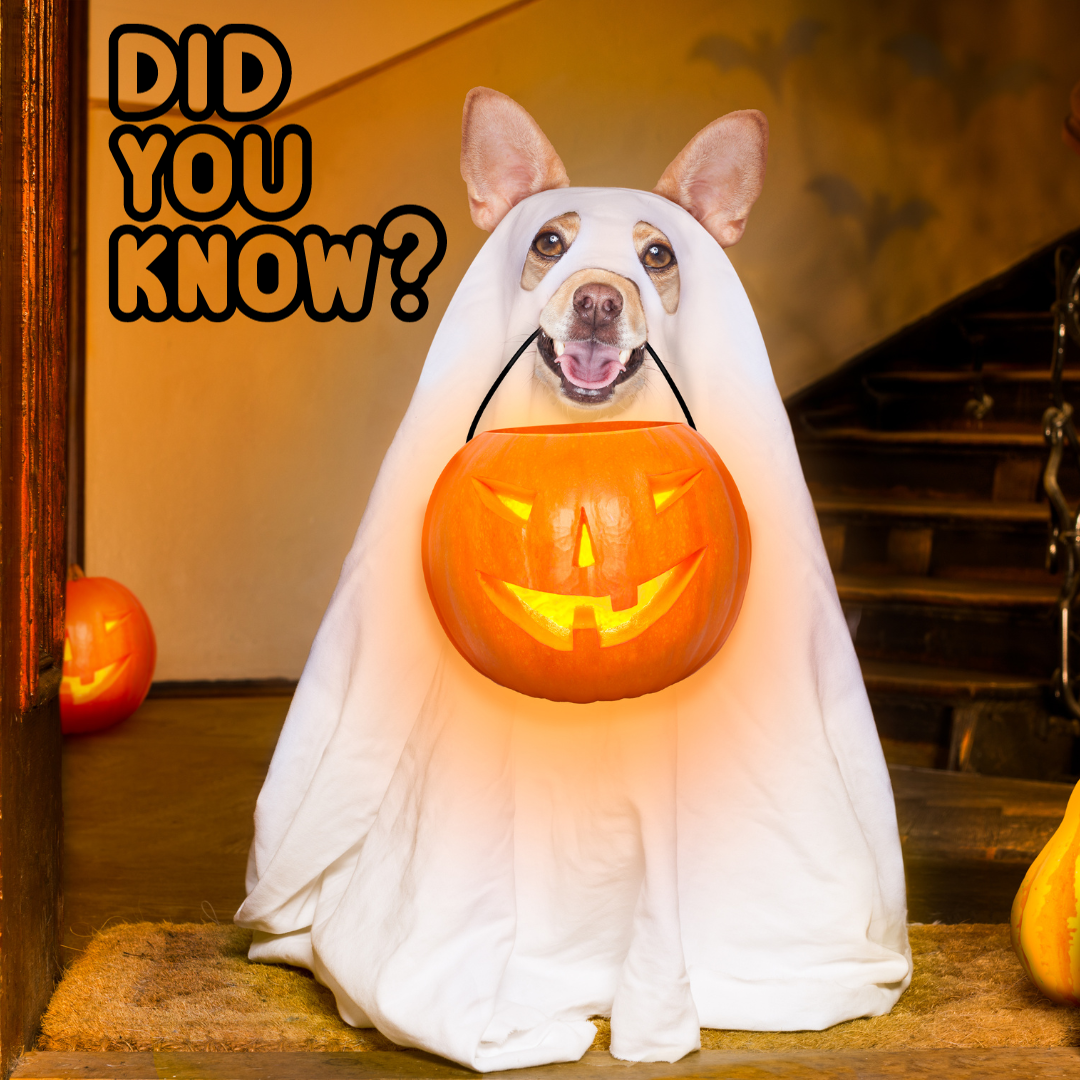Oíche Shamhna shona daoibh
Halloween, known as “Samhain” (pronouced sow-in, rhymes with how) in ancient Celtic traditions, has deep roots in Ireland. It marked the end of the harvest season and the beginning of winter. Celts believed that on the night of October 31st, the boundary between the living and the dead was blurred, allowing spirits to roam the earth.
During Samhain, bonfires were lit to ward off malevolent spirits, and people would wear costumes made from animal heads and skins. They also left offerings of food and drink to appease the wandering souls. As Christianity spread in Ireland, the holiday became intertwined with All Saints’ Day on November 1st, and All Souls’ Day on November 2nd.
 Over time, various customs merged, giving rise to modern Halloween traditions. These include carving turnips or pumpkins into lanterns (originally, they used turnips), a practice stemming from the legend of “Stingy Jack.”
Over time, various customs merged, giving rise to modern Halloween traditions. These include carving turnips or pumpkins into lanterns (originally, they used turnips), a practice stemming from the legend of “Stingy Jack.”
Today, Halloween in Ireland is a lively celebration, with decorations, costumes, and festivities mirroring those in other parts of the world. However, there is still a nod to the ancient Celtic roots, making it a unique and culturally rich holiday in the Emerald Isle.
History of Trick or Treating
“Souling” was a medieval Christian tradition that predates modern Halloween. It originated in England and eventually spread to parts of Ireland, Scotland, and Wales. It was typically practiced on All Souls’ Day, which falls on November 2nd.
During the Middle Ages, the church played a central role in people’s lives, and religious observances were significant events. All Souls’ Day was a time to remember and pray for departed souls in purgatory, seeking their release and entry into heaven.
In the souling tradition, poor individuals, often children or beggars, known as “soulers,” would go from house to house, offering to pray for the souls of the departed in exchange for “soul cakes” or small, sweet pastries. These soul cakes were usually marked with a cross, symbolizing a prayer for the deceased. The custom was believed to have a dual purpose: to help the souls in purgatory and to provide sustenance for the soulers.
The practice of souling eventually evolved into modern-day trick-or-treating, where children go door-to-door dressed in costumes, receiving candies and treats. This transformation occurred over the centuries as Halloween traditions blended with various cultural influences. While souling itself has largely faded, it laid the groundwork for one of the most beloved customs associated with Halloween.
 Today
Today  Tomorrow
Tomorrow  Friday
Friday 


